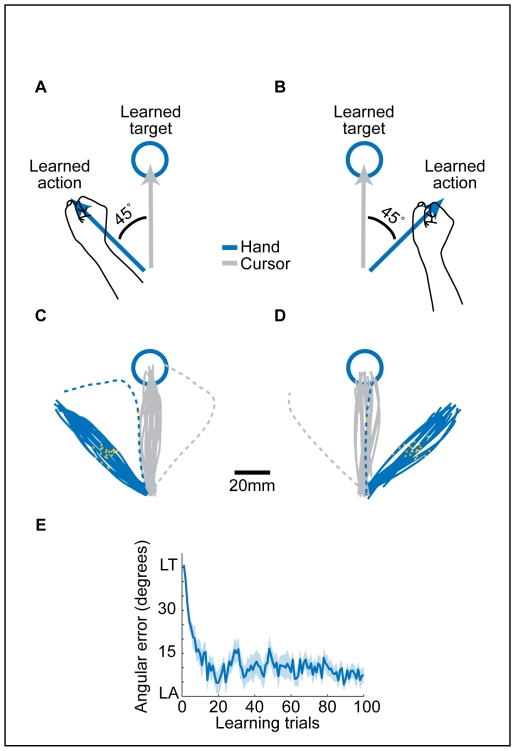Figure 3. Block 2–The visuomotor rotation task.
(A–B) In each learning trial, the subjects were required to perform hand movement in the direction of the learned action (blue arrows) in order to move a cursor (gray arrows) towards the learned target. The angular deviation of the cursor relative to the hand was 45°, either clockwise (A, 11 subjects) or counterclockwise (B, 11 subjects). Only one target location was used in all learning trials. (C–D) Trajectories of two subjects (exposed to either clockwise (C) or counterclockwise (D) rotation) in the first learning trial (dashed lines) and in trials 81–100 (solid lines). Orange dots represent the hand position 250 ms after movement onset. (E) Mean angular error (± SEM, N = 22 subjects) in the first 100 learning trials. Abbreviations: LT- learned target; LA- learned action.

